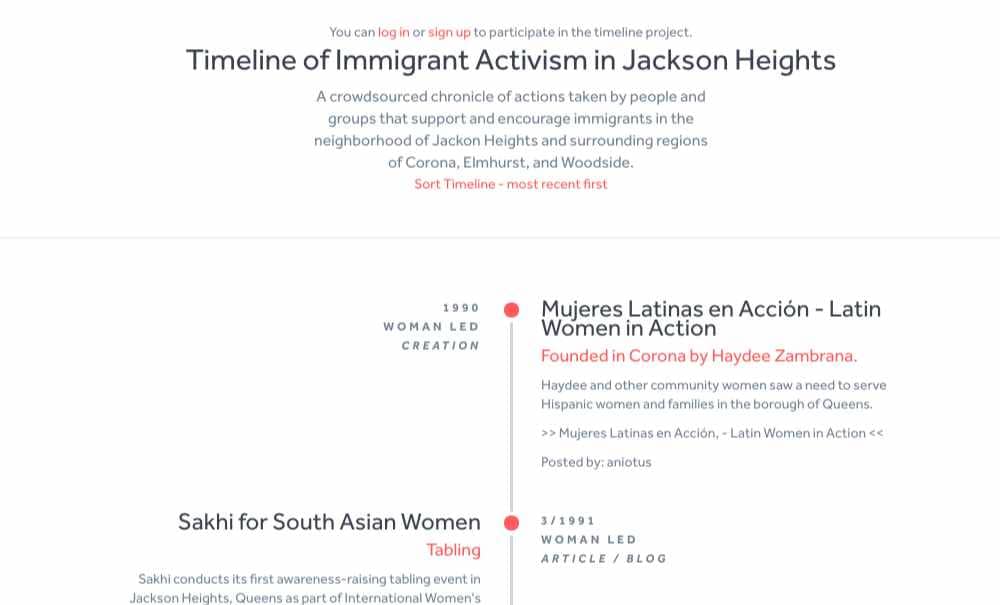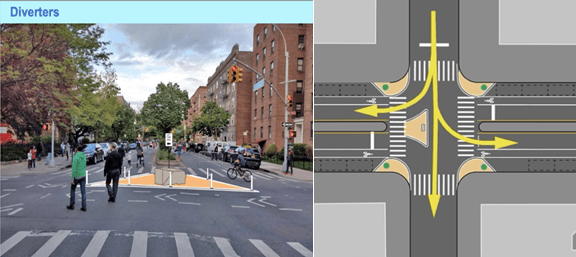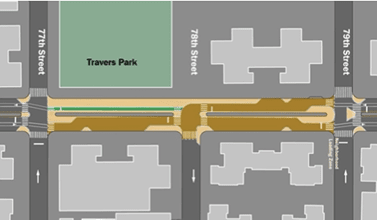
Dear friends,
As the November elections approach, immigration is again becoming fodder for fascist fear-mongering and cynical political jockeying. Five days ago, President Biden announced extraordinary measures to restrict and criminalize asylum seekers at the southern border. Breaking his 2020 campaign promises—as well as international and domestic law—Biden has introduced policies that will effectively shut down asylum refuge and border-crossings for tens of thousands of people. We will bring you more news on this.
In our neighborhood, a beautiful exhibit in Travers Park communicates some of the actual, intimate realities of migration and border transit. Our first article describes the making of “Brought from Home,” a set of documentary photographs of beloved objects and mementos that Latin American immigrants bring with them to the US from their homeplace. The exhibit is on display in the park for just one more week!
Our second article offers an update on the proposed casino project in Flushing, as a billionaire’s dream of profit threatens immigrant neighborhoods and local economies here in Central Queens.
Newsletter highlights:
- Immigrant art exhibit at Travers Park
- Mega-casino project hits major hurdle
1. “Brought from Home” Exhibit at Travers Park
“As an immigrant myself, and daughter of a man who had a deep connection with his native Peru until his last breath in 2020, I developed Brought from Home as it is a topic that is personal to me and my family….[It] gives viewers an intimate look on immigration and the meaning of home from the perspective of migrants who communicate and demonstrate resilience, as well as hope for the rebirth of a new and better life, while holding on to pieces of what once was.” –Angelica Briones
Readers have until June 16th to see documentary photographer Angela Briones’ moving outdoor exhibition in Travers Park. Briones photographs cherished keepsakes that Latin American migrants carry with them—things that “root them to home.” A short text explains the significance of each item for its owner.
Briones began photographing in NYC, exploring what Latin American immigrants in our city treasure as mementos of home—including photos, stuffed animals, coins, and ornaments. Then, with the help of a grant from the Queens Council for the Arts, she traveled to Tijuana, Mexico, to interview migrants at two shelters near the border, and to photograph the keepsakes they carried with them.
Professionally printed on a very large canvas banner, “Brought from Home” is sponsored by Photoville, a prestigious photo festival centered in Brooklyn Bridge Park. Every summer, a “village” of shipping containers is repurposed into a series of art galleries on the waterfront. Photoville also organizes pop-up outdoor photo exhibitions in neighborhoods all over the city. Although there are 85 such satellite shows this year, “Brought from Home” is the only one in Queens.
Briones’ project allows us a privileged window into the personal experiences of migrants. As she puts it, “Although immigrants leave their native countries behind, this rarely means that ‘home’ doesn’t come with them.”
WHAT CAN WE DO?
- Visit “Brought from Home” free exhibit until June 16 in Travers Park, open from 6am – 9pm every day.
- Learn about and visit Photoville.
2. Ramos Red Lights the Casino Project
As we reported in April, multiple local working-class and immigrant groups oppose billionaire Steve Cohen’s major Metropolitan Park casino development in Flushing. Five of the six powerful politicians on the committee required to approve the project strongly support it. (There is no Asian American representative on the committee even though the land next to Citi Field is bordered by working-class Asian and other immigrant communities.) State Senator Jessica Ramos is the sixth member and would have to introduce legislation to waive the site’s legal status as a park (i.e. ‘alienate’ the parkland) to make the project possible. On Tuesday May 28, Ramos refused to do so. Since this legislative session ended on June 6, she has effectively stopped the $8 billion project for now.
“We want investment and opportunity, we are desperate for green space, and recreation for the whole family. We disagree on the premise that we have to accept a casino in our backyard as the trade-off. I resent the conditions and the generations of neglect that have made many of us so desperate that we would be willing to settle.” —Jessica Ramos
Even though Phoenix Meadows is an alternative proposal already circulating in the community, on Tuesday Senator Ramos offered her own proposal, without a casino but including a hotel and convention center, athletic fields, a parking facility, a revamped 7 train station, flood protection and other upgrades at the site.
Several local organizations continue to oppose this development project. For example, Queens Neighborhoods United (QNU) is angry that Ramos is suggesting any privatization of the parkland because once the site is no longer designated a public park (alienated), it’s gone forever. QNU strongly prefers the site’s use only as a park or for affordable housing.
In a Facebook post, MinKwon Center for Community Action voiced support for Ramos’ decision and condemned Cohen’s tactics. “Senator Ramos is doing the right thing in opposing the casino, because she is backing the constituents of her district who are, unsurprisingly, 75% opposed to having a casino in their backyard near their kids’ schools.” MinKwon also points out that Cohen’s attempts to get community support have been misleading. Residents signed petitions thinking they were supporting parks, when page 2 showed they were actually signing for Metropolitan Park, casino and all. The Center further commented, “A casino’s profit margin is determined by how much more wealth it extracts than it spends/invests. It is not an engine that generates community wealth, it is a wealth extraction engine.”
Flushing Anti-Displacement Alliance (FADA) continues to oppose Steve Cohen’s project because “it will take $2 billion a year out of our neighborhood economies, leading to the closure of small businesses. It is being planned in conjunction with a wave of adjacent luxury development that will raise rents and property taxes, causing more displacement.” In addition, FADA called for a boycott of the Queens Pride parade on June 2 because of Cohen’s sponsorship of LGBT Network (the parade’s recent sponsor) and his hedge fund’s investments in manufacturing drones that the IDF uses in Israel’s war on Gaza.
Borough President Donovan Richards is perhaps the strongest proponent of Metropolitan Park and its accompanying casino, saying:
“…the families of this community so badly deserve the 25,000 good-paying union jobs, the $163 million community investment fund, the Taste of Queens food hall designed for borough-based vendors, critical support for community-based organizations, rising property values and more that the Metropolitan Park proposal puts forth.”
Lost in the discussion are the three other proposed sites for a casino in the NY area. One of them is Bally’s Bronx, which would be located on what used to be Trump’s golf course in Throggs Neck. It would feature a half-million-square foot gaming hall as well as food and beverage service, a hotel with a spa and meeting space, retail shops, a 2,000-seat event center and a parking garage for up to 4,660 vehicles. Again, parkland would have to be alienated. Neither State Assemblyman Michael Benedetto nor State Senator Nathalia Fernandez have presented legislation to alienate the Throggs Neck parcel.
Clearly, NY boroughs don’t want a casino, but Steve Cohen and Bally’s will continue to fight for their projects. Applications for each proposed casino are not due until 2025.
WHAT CAN WE DO?
- Sign the Fight4Flushing petition calling for NO Casino, NO privatization of public parkland.
- Check out the FED UP coalition’s map of Flushing area developments and predicted flooding.
- Donate to MinKwon’s 40-year Anniversary.
- Donate if you can to FADA’s GoFundMe page.
In solidarity and with collective care,
Jackson Heights Immigrant Solidarity Network (JHISN)
Follow @JHSolidarity on Facebook and Twitter and share this newsletter with friends, families, neighbors, networks, and colleagues so they can subscribe and receive news from JHISN.


